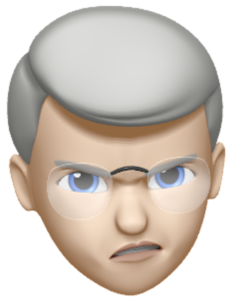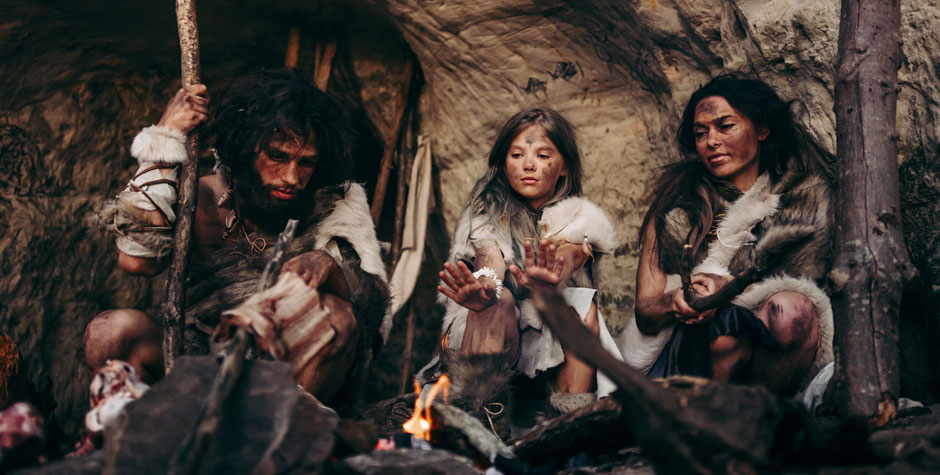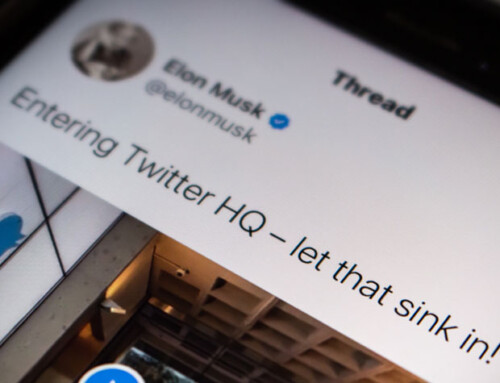Is humankind still evolving? Despite evidence to the contrary (yes, your boss is a Neanderthal), humans continue to adapt to the forces of our self-made environment.
Adapting to Our Work Landscape
Life on the savannah influenced the evolution of homo sapiens. We adapted to a life of digging roots, hunting for bison burgers and cooking over fires. In other words, a perpetual family campout. Likewise, our workplace environment will drive the next phase of human mutations.
What form might this next round of evolutionary changes take? Consider these possibilities:
- More cushioning in our backsides – Our derrieres will develop abundant pillowy padding to accommodate hour upon hour of sitting. We will look like inverted lollypops, stick figures protruding from overinflated beach balls.
- Withered upper and lower bodies – Gainful employment will no longer require musculature for stalking prey or poking in the ground. Instead, the verbs associated with our work will be perch (in ergonomic chairs), slouch (over faux wood desks), stare (at flickering screens) and tippy tap (on big and small input devices).
- Longer fingers, more flexible knuckles – Latex will replace cartilage in our finger joints, a mutation that will make us ever better at word processing and data entry. No gripping spears or wielding clubs with these spindly digits. Think rubberized lizard claws.
- Permanently curved spines – We will all be shaped like the letter C, as the disks separating vertebrae become elasticized, making it easier to hunch over desks to gaze at screens. It will no longer be an insult to refer to a politician as spineless – we’ll all be spineless. The Hunchback of Notre Dame will be retitled, The French Guy with the Perfectly Normal Backbone.
- New forms of hunting and gathering – We’ll no longer chase quarry animals – the only bunnies we hunt will be of the dust variety. But we will continue to forage for food and pursue prey: hunting will mean using GPS to navigate to the nearest fast-food joint; gathering will involve idling in the drive-through line to pick up a double cheeseburger with fries.
- Basking in second-hand sun – We will get all our light from fluorescent tubes, our view of the outside world limited to cityscapes we see only through shields of glass. We’ll know there’s real life out there only when a bird crashes into the window.
- Feeling the breeze on our faces – A refreshing zephyr brushing our cheeks? Only if the AC is working and we’re seated near a duct.
- Communicating without speaking – Talking will finally be replaced by words typed into devices and sent to people we can’t see and to whom we won’t speak. With no direct personal contact, we’ll find our facial muscles atrophying along with our arms and legs. Our expressionless faces will be blank pages, our emotional printers out of ink. We won’t need to smile, frown or grimace – bitmojis will handle that for us.

Homo Keyboardiens
Because we won’t need to speak with each other, we won’t require a mechanism for voice communication. The larynx will become like the appendix that currently dangles uselessly from the large intestine, still present but archaic and having little importance.
No more waltzes, square dances or rumbas. Only our digits will dance, tripping across computer keys to do our talking and touching for us. We’ll take the next evolutionary step – no longer homo sapiens, but homo keyboardiens.
As for your Neanderthal manager, he’s drifting in an evolutionary backwater. With stubby fingers, over-muscled arms and beefy legs that dangle from his desk chair, he’s on his way to becoming a fossil, literally and figuratively. His physiology was suited to an ice age populated with megafauna; there’s no place for this big-boned body in the workplace of the future.
Unless that giant big dust bunny in the corner turns out to be a woolly mammoth.







